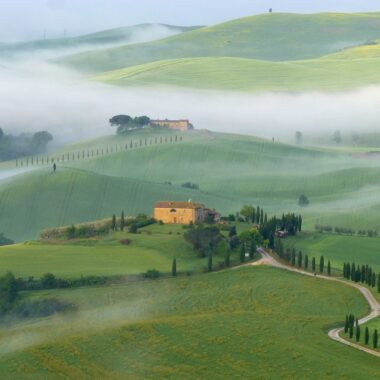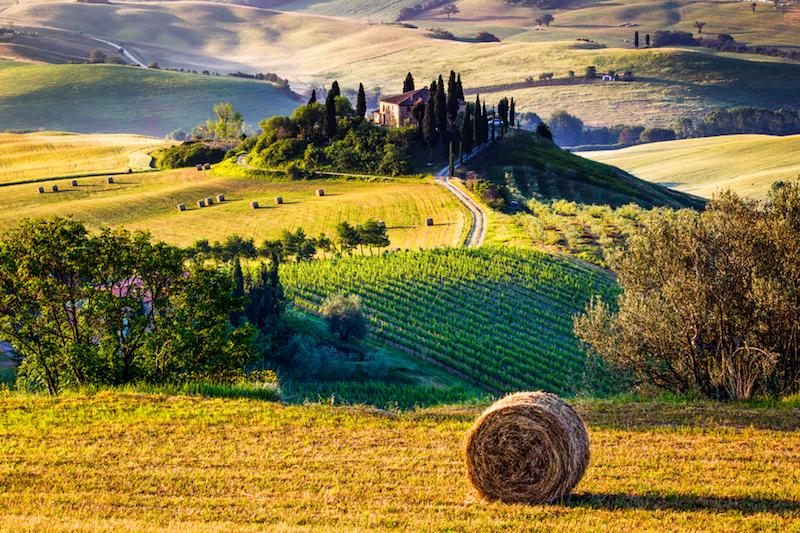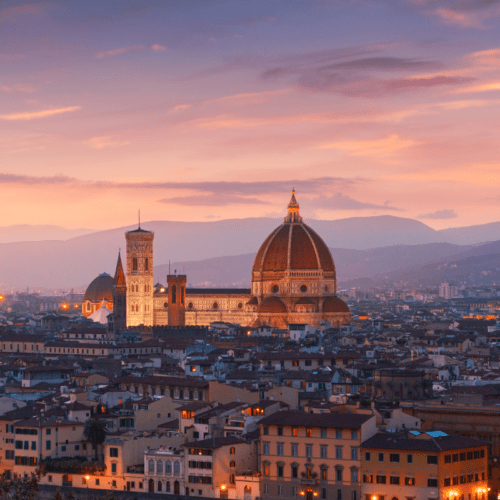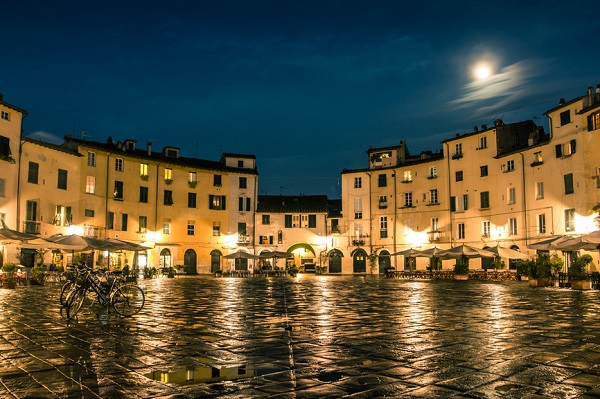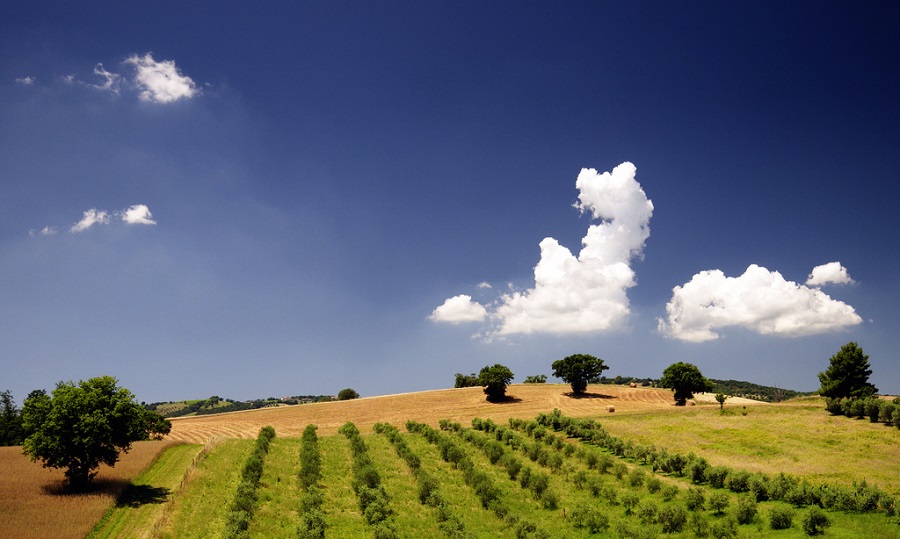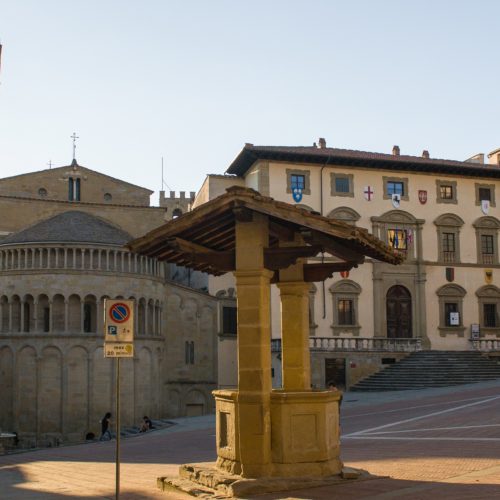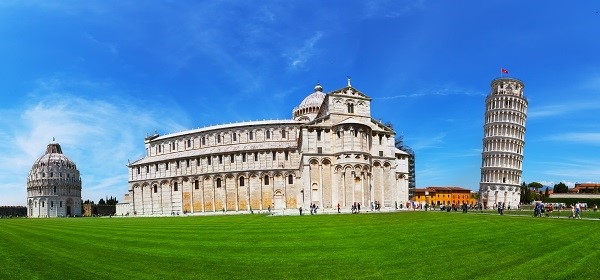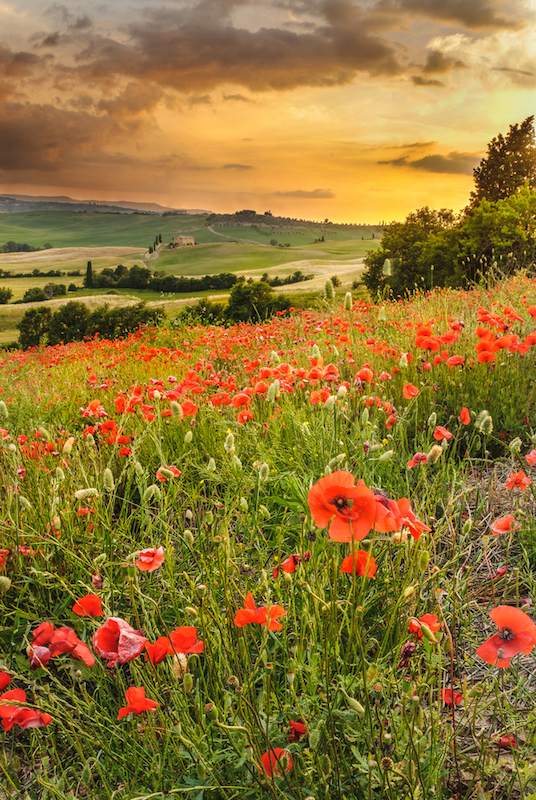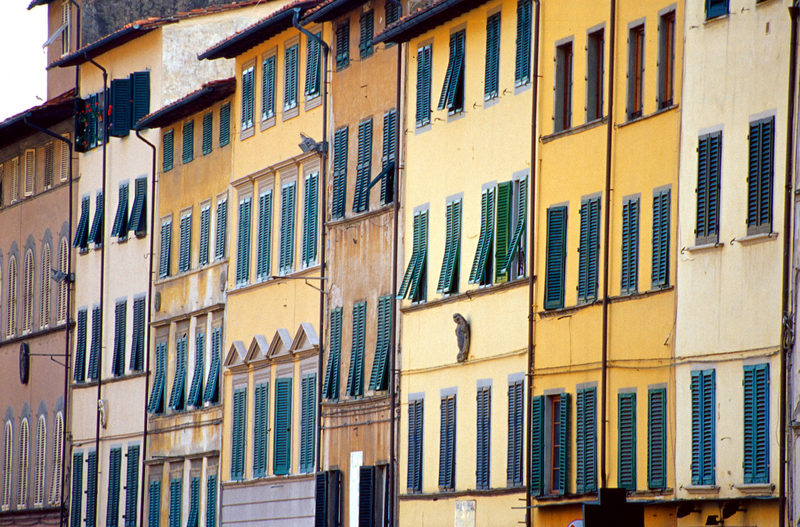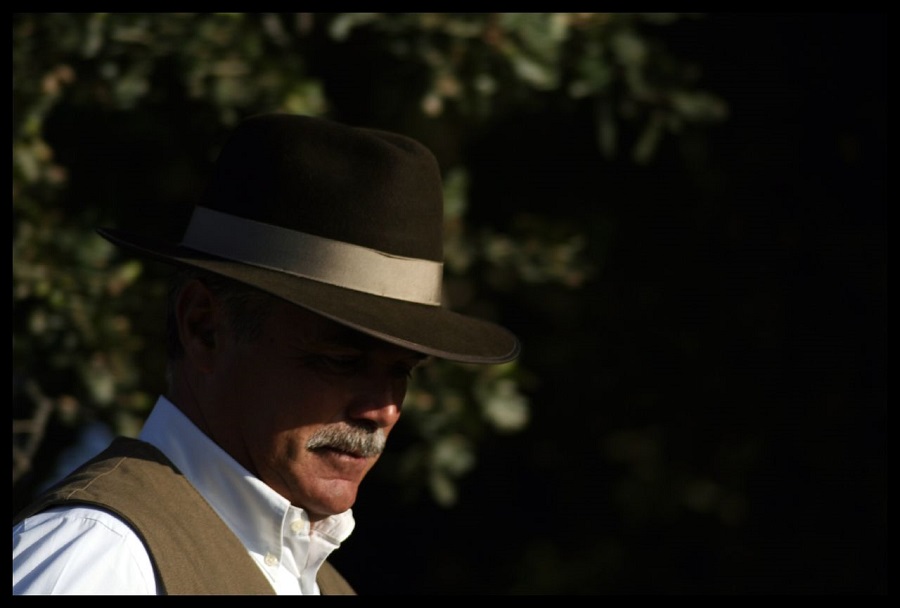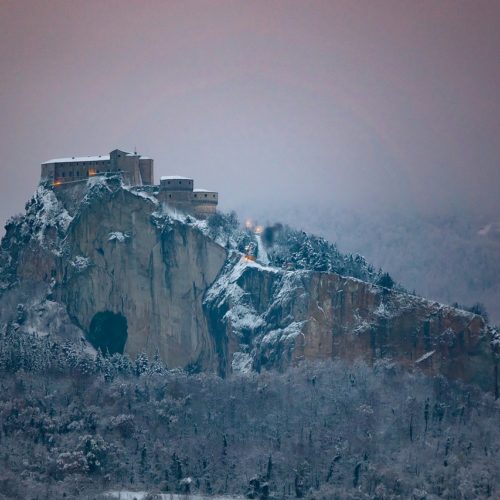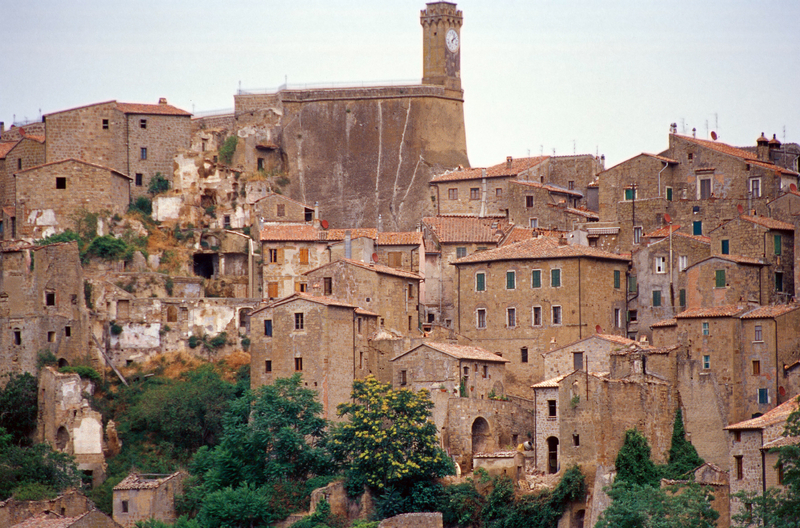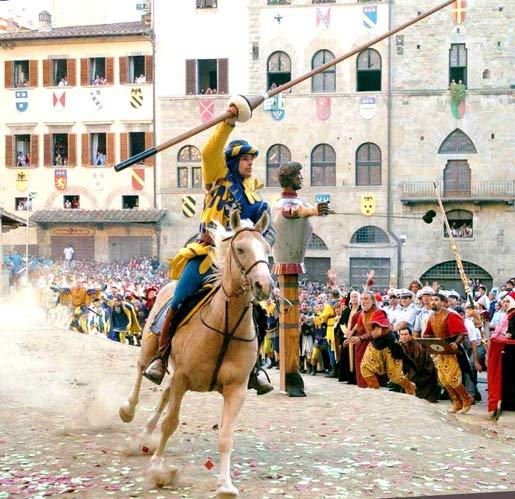Everyone knows Florence and the Chianti area, but there are lesser known, yet equally breathtaking places you can visit in Tuscany.
Let me tell you about one of my favorite itineraries!
Lucca is the first stop of our tour of Tuscany and will be our home base. It is not the most central of all the locations of this tour, but this small city has a haunting, charming beauty, well worth a visit and, why not, a few days’ stay.
Rick Steves shows us the beauty of Lucca
Two well known landmarks characterize the city: its 16th century walls, that enclose the historic center, and the Tower Guinigi, a 130 ft high tower on top of which grow ancient oak trees – still living today.
The walls were built for protection during the Renaissance, and now are one of the preferred destinations by both tourists and locals. The old city of Lucca is the only Italian city entirely surrounded by still-standing walls, on which is still possible to walk and cycle. Shaded by trees, the walls are a top spot for a first contact with the city. A stroll on a summer evening will bring you back to ancient times, when Lucca was one of the noblest and richest towns in Tuscany.

Your next stop should be Tower Guinigi. A few towers mark the skyline of Lucca, and Tower Guinigi is certainly the most famous. Built in the 15th century, its solid architecture is graced by the hanging garden and oak trees that the Guinigi family, lords of the town, installed in order to lessen the militaristic look of the city, at the time dotted with towers.
Other can’t-miss features of Lucca are Piazza Anfiteatro, the central gathering spot of the city; the rich Duomo of San Martino, home to the beautiful Ilaria del Carretto’s tomb, the strong and elegant Ducal Palace, and the church of San Michele in Foro, with its extremely ornate façade. The elegant central streets of Lucca are heaven for the discerning shopping aficionados, while the many splendid villas in the countryside are a testament to the power and elegance of the Luccan people of times gone.
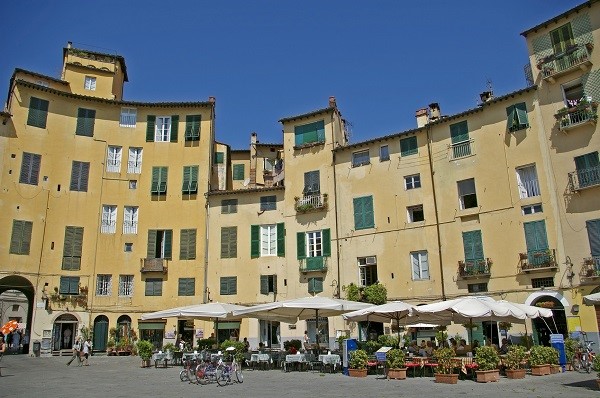
Ph. depositphotos/boerescul
From Lucca, let’s take a car and head toward Siena. But we are not going to visit the famous Piazza del Campo, where the Palio takes place.
We are heading to the fields near the town of Chiusdino. It’s a two hour car trip, but our destination is well worth it: the Abbey of San Galgano. Only the perimeter walls of this astounding example of late romanic-early Italian Gothic architecture are still standing, but they are enough to convey the holiness and majesty of this place. The ruins are often used for classical music concerts on summer nights; the starred sky as roof creates a magical atmosphere.

And speaking of magic, a short walk from the abbey lies the circular church of Montesiepi, within which you can admire no less than a Sword in the Stone. According to the legend, the knight Galgano decided to give up on his dissolute lifestyle and enter a monastic order. His first act was to push his sword deep in a stone to worship it as a cross. Stone and sword are still visible today, protected by a plexiglass cover.
Our tour takes us again in the province of Siena. This time, we go to San Gimignano. The center of this small town is a UNESCO World Heritage site and it’s easy to understand why. The place basically hasn’t changed since the 13th century. The medieval town, dotted with many tall towers, has preserved every aspect of the times of its highest splendor. The views from the streets are breathtaking, but don’t forget to pay visit to the town gallery that houses works by Pinturicchio, Benozzo Gozzoli, Filippino Lippi and others.
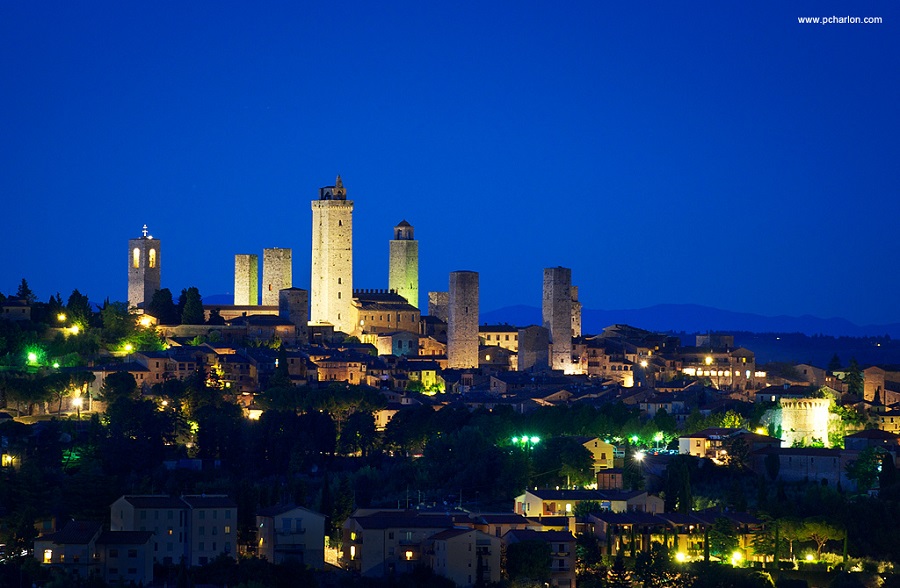
Ph. flickr/Pablo Charlon
The last stop of this tour of lesser known Tuscany is Torre del Lago – Puccini, on the Lake Massaciuccoli, between Lucca and Viareggio. The place takes its name from the tower of Villa Orlando, a magnificent villa on the shores of the lake, and Giacomo Puccini, the famed composer of La Bohème, Tosca, Madama Butterfly, and Turandot. Puccini lived here and is buried in his Villa overlooking the lake. As you can imagine, Torre del Lago holds an important festival dedicated to Puccini. But this quaint lakeside location is also an ideal place to simply spend idle time, relax, and take a well deserved rest after all our walking and driving around Tuscany.
After this… more adventures await! See other articles on lifeinitaly for other spectacular destinations.
Edited and updated by Francesca Bezzone







